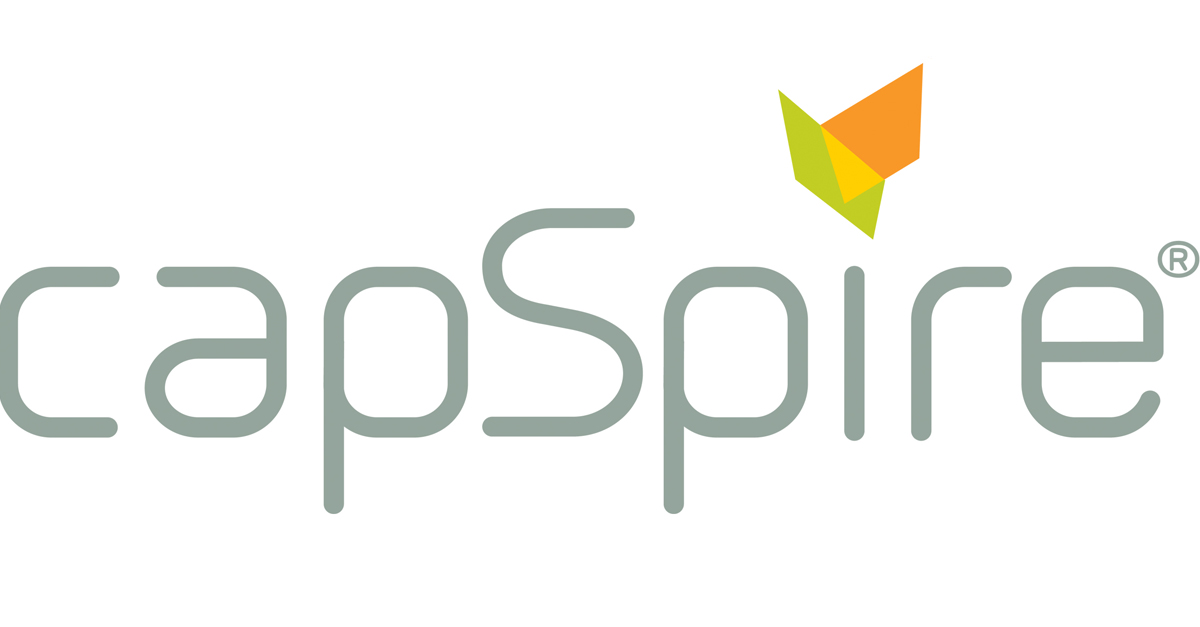Overview
- Digital transformation enables exposing your organization’s data and giving you quick and easy access to information.
- Successful digital transformation involves core elements: Comprehensive data, optimal technology, data visibility, and processes.
- For the best data visualization, you need a combination of AI (optimization and forecasting) and risk assessment (overall market exposure reporting and profitability analysis).
Many fuel retailers have an abundance of data—but raw numbers alone aren’t useful.
Especially for executives and other decision-makers, it can be incredibly challenging to go through all their data and make sense of what it means in a timely manner. They simply don’t have the bandwidth to spend entire days analyzing data and trying to find answers to critical business questions, given all the initiatives they have going on. Instead, they want quick and easy access to information. At a glance, they want to be able to determine what’s going on with their business and why.
This is the promise of digital transformation: Expose the data you have and make it easier for you to glean valuable insights and make better decisions across your network.
Successful digital transformation involves four core elements:
Comprehensive data collection around business processes. In our conversations with new and prospective clients, we hear frequently that data gaps are a big pain point. These gaps happen when systems don’t keep up with business processes. If you’re not capturing all the details of your business process, you cannot measure performance accurately and it becomes harder to introduce advanced optimization.
How do you fix that?
Best-of-breed tools. These tools facilitate accurate, comprehensive data collection that are tailored to the specific market challenges. Examples of such tools include commodity trading and risk management (CTRM) systems, best buy/dispatch systems, accounting systems, and analytics solutions (such as Tableau and PowerBI). The key factors in the success of these tools are the quality of the solutions themselves, the thoroughness of the delivery team, and the ability of the business to get users to adopt the new processes.
Data visibility. This is the step at which you bring everything together in a summarized, easy-to-understand view. By actually seeing your data and what it means, you can answer questions such as:
- How easily and completely can you scorecard your drivers and dispatchers?
- Can you tweak your supply directives and communicate that effectively to your dispatchers?
- How do you ensure compliance—and measure it?
- How well can you manage your risk in terms of overall market exposure reporting and profitability?
Processes. Are your business processes able to incorporate the above elements to drive improvements?
At capSpire, we help to bridge data gaps and build the technology that enables improvements in processes and organizational structure, as well as better visualization of data. We have the functional and technical knowledge—the expertise in both the fuel retail industry and the technology supporting these companies—to make digital transformation and complete data visualization a reality. With our wealth of experience spanning decades, we provide guidance around industry best practices and emerging industry trends. And we can also assist with change management throughout your company’s digital shift.
What’s the state of digital transformation in your organization? Do you have a complete view of your operations, or are there gaps?
Contact us with questions at info@capspire.com.










